What is a solar garden light
Solar garden lights are landscape lighting systems designed for illuminating gardens, lawns, decks, patios, pathways, and entrance ways as the nighttime play of light on the landscape and exterior structures. Such fixtures also serve both utilitarian purposes in that they aid in safety and security by eliminating dark hiding places and unobserved entry points for intruders.
Types of solar garden lights
Solar garden lights come in a variety of forms. A solar garden light can be a path light which is used to enhance dynamic landscaping elements such as flower beds, shrubbery and ground cover while illuminating a safe passageway to the home’s entrance. Path lights are typically staggered around the walkway to spread light over low-lying areas with no upward projection. A solar garden light can be a spotlight which creates directional beams of light to highlight trees, statues and other features. A solar flood light casts a widespread distribution of light suitable for greater coverage. A solar deck light can be used in masonry and wood constructions to provide safety and accent lighting. A solar bollard light used as a softer pathway marker as well as a decorative element which projects compelling patterns of light and shadow onto landscape features and structures.
Building blocks
A solar garden light consists of an LED module, a rechargeable battery, a solar panel, and a solar charge controller. LEDs are low-voltage direct-current devices that are safe for outdoor use. The high efficiency operation of these solid state light sources allows modern solar garden lights to deliver a significantly longer autonomy than legacy systems with the same battery capacity. The photovoltaic module of a solar garden light uses either a monocrystalline or a polycrystalline solar panel. Polycrystalline solar panels are slightly less efficient but cheaper compared to monocrystalline panels. The solar charge controller regulates the power going from the solar panels to the batteries. This component is available in all features, costs and sizes.
The battery system
Regardless of the design, the charge controller must protect the battery from being overcharged and deep discharges while delivering consistent power to the load. Solar garden lights use AA or AAA nickel-metal hydride (NiMH) or lithium-ion cells. Lithium-ion batteries outperform NiMH batteries in terms of energy density, specific energy, charge efficiency, charge retention, cycle life, and depth of discharge (DoD). However, they are more expensive and require a battery management system (BMS) to control battery charging and protect the individual cells from electrical abuse.

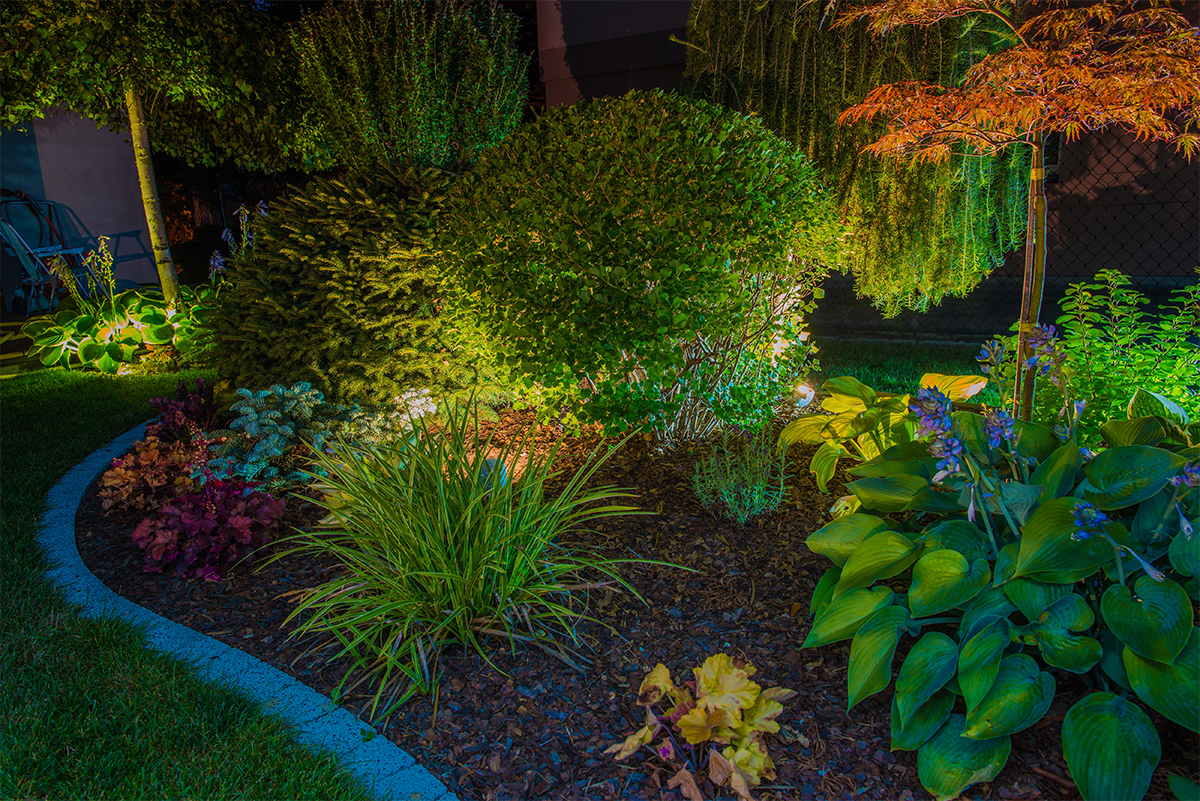

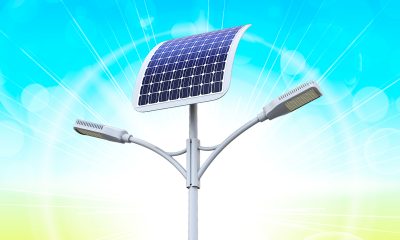
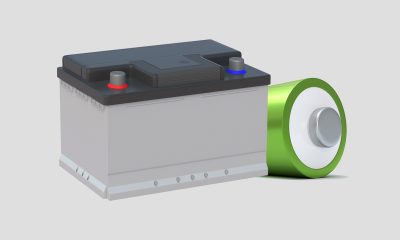
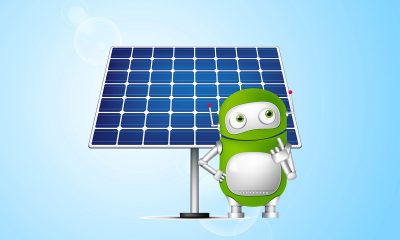

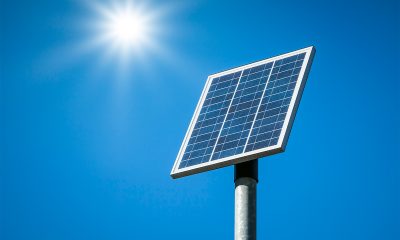

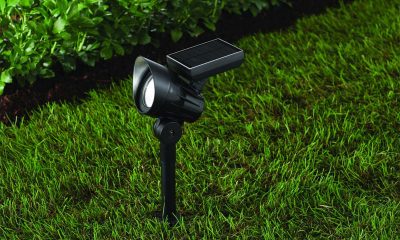
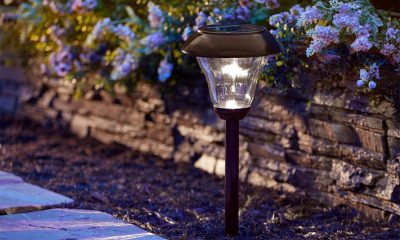
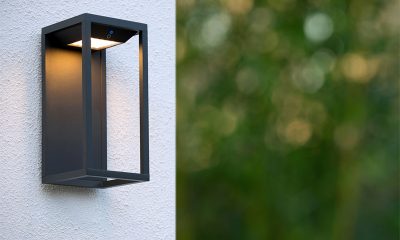
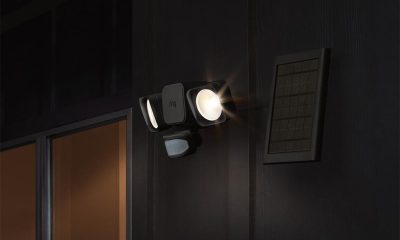
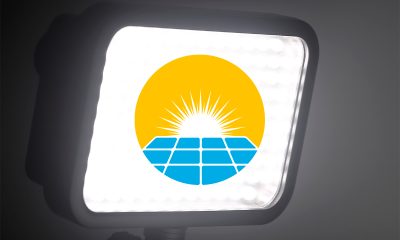





Loading...